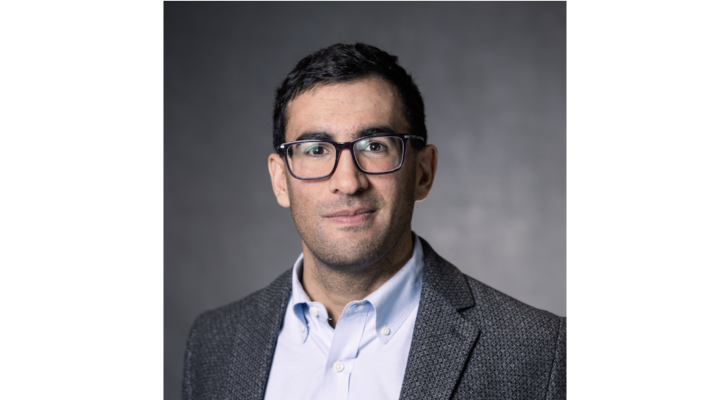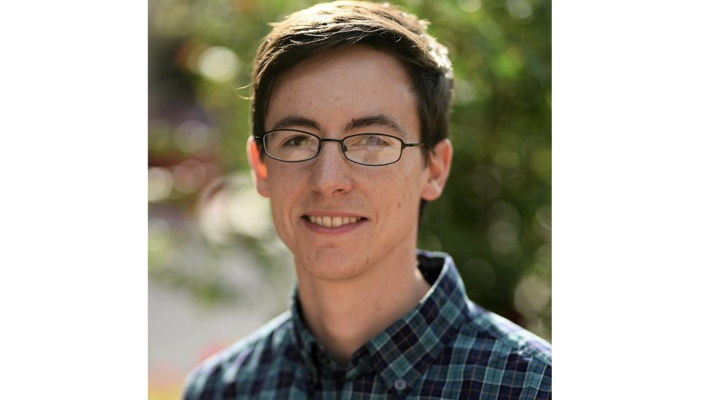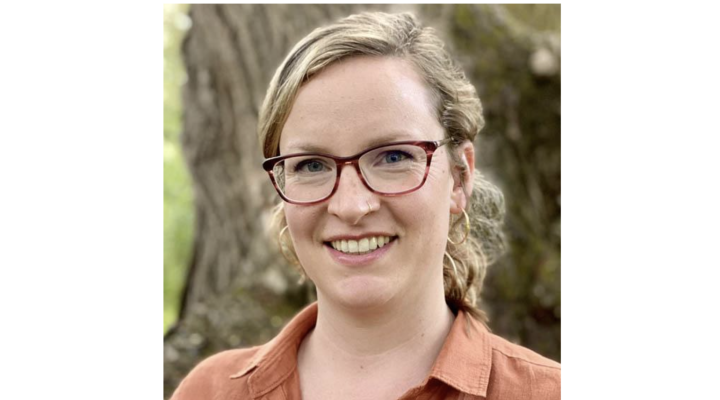Ben Cosgrove wants to know how stem cells make critical decisions—to live, to divide, to die—and why these choices go awry as we age. He integrates new biological measurement techniques with analytical models to untangle how cells “compute” these decisions and uses this information to design better therapies to enhance tissue regeneration in the elderly.
Cosgrove knew he wanted to be a scientist as soon as he first saw cells under a microscope in middle school. His class collected buckets of swamp water and piles of leaves and then moved inside to observe and categorize it more closely. When he got a good look at what was really there, he was hooked. “Even under a simple microscope, I saw cells and could understand they were the living building blocks as the textbooks said. After that, I became fascinated with how cells work together to form tissue structures and whether we could make better tissues through engineering.” Cosgrove is now an assistant professor of Biomedical Engineering and he is still looking at cells and wondering how they work, only his tools have gotten a bit more complicated.
And rather than simply looking at cells, Cosgrove is using new high throughput flow cytometery tools to analyze how aging effects the stem cells that reside in skeletal muscles. These stem cells are critical for the ability of muscle to repair itself, but become defective in older tissues, causing a decline in muscle strength and regeneration in the elderly. His ultimate goal is to gain a detailed understanding of how these stem cells respond to and interact with the local tissue environment that supports them and stimulated them to repair damage following injuries. He was drawn to an engineering approach to this challenge because “a fuller understanding of stem cell decision making requires analysis of a richness of data that is not present in standard biological methods.”
As a graduate student at MIT, Cosgrove established new experimental and computational approaches to study and predict liver cell responses to toxic drugs. His models, which incorporated a larger “network” of cell regulatory mechanisms, could predict the liver cell toxicity of drugs with generally hard-to-predict toxicities with great success.
As a postdoctoral fellow at Stanford University School of Medicine, Cosgrove elucidated ways in which muscle stem cells are altered due to aging. Before this, scientists thought that muscle stem cells were largely unaffected by aging, but he challenged this idea. His research identified a regulatory pathway that was malfunctioning in aged muscle stem cells and he showed that it could be treated pharmacologically to improve aged stem cells and enhance muscle regeneration and strength in elderly mice.
Cosgrove plans to continue his work with stem cells and aging at Cornell when he establishes his lab here in July of 2014. At Cornell he plans to take full advantage of the broad range of expertise of his new biomedical engineering colleagues advance this research. Amongst these many new collaborations, Cosgrove points out “the in vivo microscopic imaging techniques being pioneered at Cornell are heads-and-shoulders above what I can do now, so we should be able to observe to how stem cells behave directly in living mice in real time.”
In addition to excitement about his own research, Cosgrove is thrilled to be here as Cornell forms its undergraduate program the burgeoning field of Biomedical Engineering. He argues that it is a “perfect template for an multi-disciplinary undergradudate engineering education as it pulls engineering and basic sciencies principles from so many diverse sources and puts them together in an engaging and hands-on way.”
As an undergraduate at the University of Minnesota he had the opportunity to carry out meaningful research and he is looking forward to the chance to give gifted undergraduates at Cornell the same access to real research possibilities. “I am very eager to get engaged with the Cornell community. Cornell has a strong reputation for being highly collaborative from professors on down to undergraduates. It is absolutely what brought me here.”
Having grown up in Minnesota, Cosgrove is looking forward to experiencing an Ithaca winter after five years in California. He and his wife, Elissa, who is joining Cornell as a bioinformatics research associate, are excited about the outdoor possibilities offered by the Finger Lakes region. “We love to go canoeing and biking with our kids. There will be snow in the winter and we are excited to have that again.”




